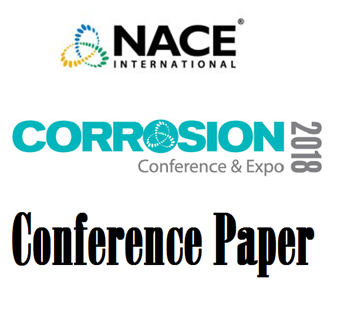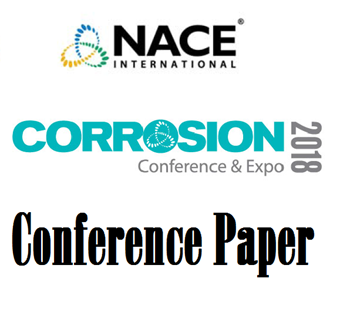Search
51318-10588-Corrosion Resistance of Roll-Bonded Clad Plates for Oil & Gas Applications
Also Purchased
51318-10593-OPTIMIZED COSTING OF CORROSION CONTROL METHODS IN OIL AND GAS FACILITIES
Product Number:
51318-10593-SG
Publication Date:
2018
$20.00
51318-10568-Quality & Performance Review of Duplex Stainless Steel Products – An End Users Perspective
Product Number:
51318-10568-SG
Publication Date:
2018
$20.00
51318-10603-Looking Back and Understanding a Case History of AC Corrosion
Product Number:
51318-10603-SG
Publication Date:
2018
$20.00




